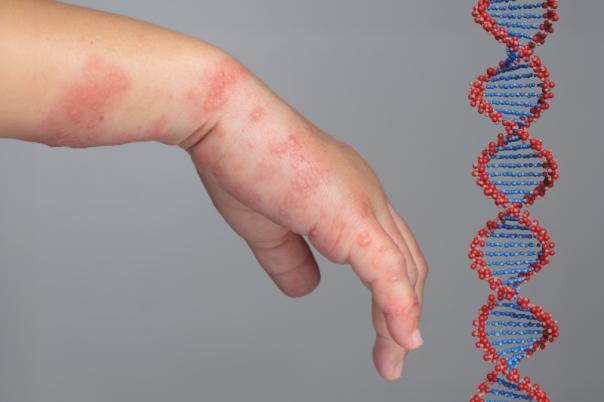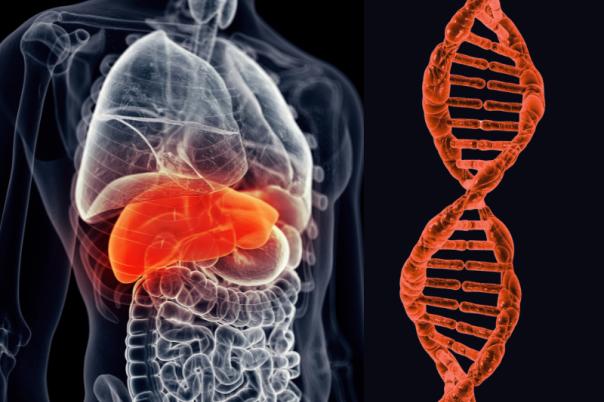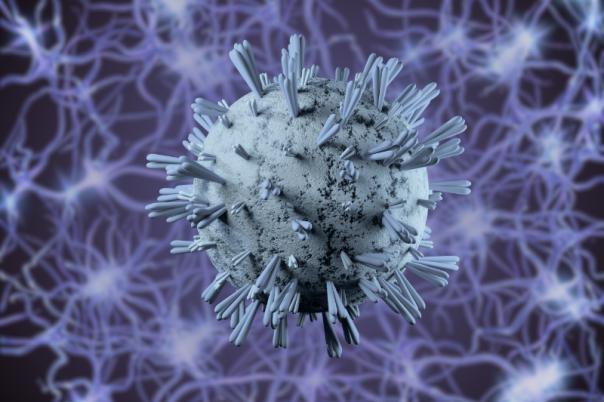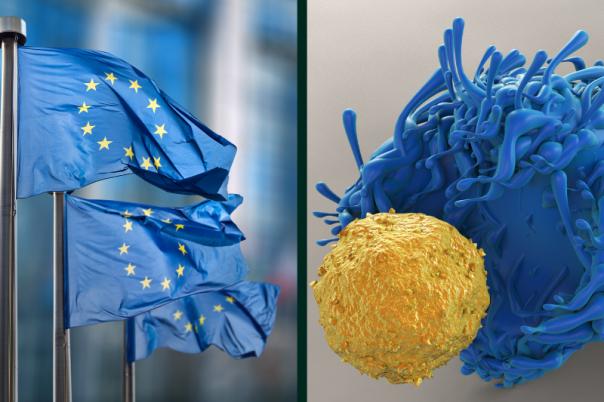The initial excitement around liquid biopsy led to inflated expectations, followed by a period of disillusionment. Philip Beer, Chief Scientific Officer at Step Pharma gave an exciting yet realistic overview on the applications of liquid biopsy across the life sciences industry by homing in on ctDNA from blood tests.
Despite the recent hype around liquid biopsy, it is not widely used in the clinic. So why is this the case? Beer argued that scientists have not found the sweet spot yet. The reduced sensitivity and false negatives associated with liquid biopsy in certain cancer types present crucial limitations for cancer diagnosis and disease progression monitoring.
Clonal haematopoiesis is a condition in which single, mutated haematopoietic stem cells begin producing an overabundance of blood cells with the same genetic mutation. Beer described liquid biopsy as an inferior technology for certain variant types. For instance, it can be highly difficult to distinguish clonal haematopoiesis, where non-cancerous blood cells carry mutations, which can complicate the interpretation of ctDNA results.
Beer described allele fractions as: “The proportion of the DNA reads that carry the mutation that you're interested in as a proportion of all the reads that report that region of the gene.” Allele fractions in the peripheral blood and ctDNA are quite low which can make interpretation difficult. Although, it is potentially useful in a diagnostic assay where biopsy material is not available.
A pilot study in lung cancer, conducted by the NHS tested ctDNA analysis based on X-rays without waiting for a formal diagnosis. The goal was to accelerate diagnostic phases and process the ctDNA quickly so the results would be available when it was time to start treatment. This unique approach could counter the need for a tissue biopsy.
In a nutshell, the study was hailed a success by oncologists. The project showed that the turnaround time was a key selling point: gathering data from liquid biopsies was much quicker than traditional tumour sequencing. This positive outcome poses the question of whether this approach could be widely adopted for lung cancer diagnostics.
However, the study showed that in 20% of lung cancer cases, ctDNA analysis failed to detect mutations present in the tumour. This emphasises that further tweaks are needed to tackle sensitivity issues linked to the technology. Beer also commented that more work is required to optimise suboptimal tissue pathways to take this technology to the next level.
Overall, the variability in DNA shedding between cancer types poses a problem for ctDNA since it makes it difficult to detect certain mutations. Yet Beer remained optimistic, concluding that ctDNA has an emerging role in clinical practice and can serve those who have exhausted standard care options.





